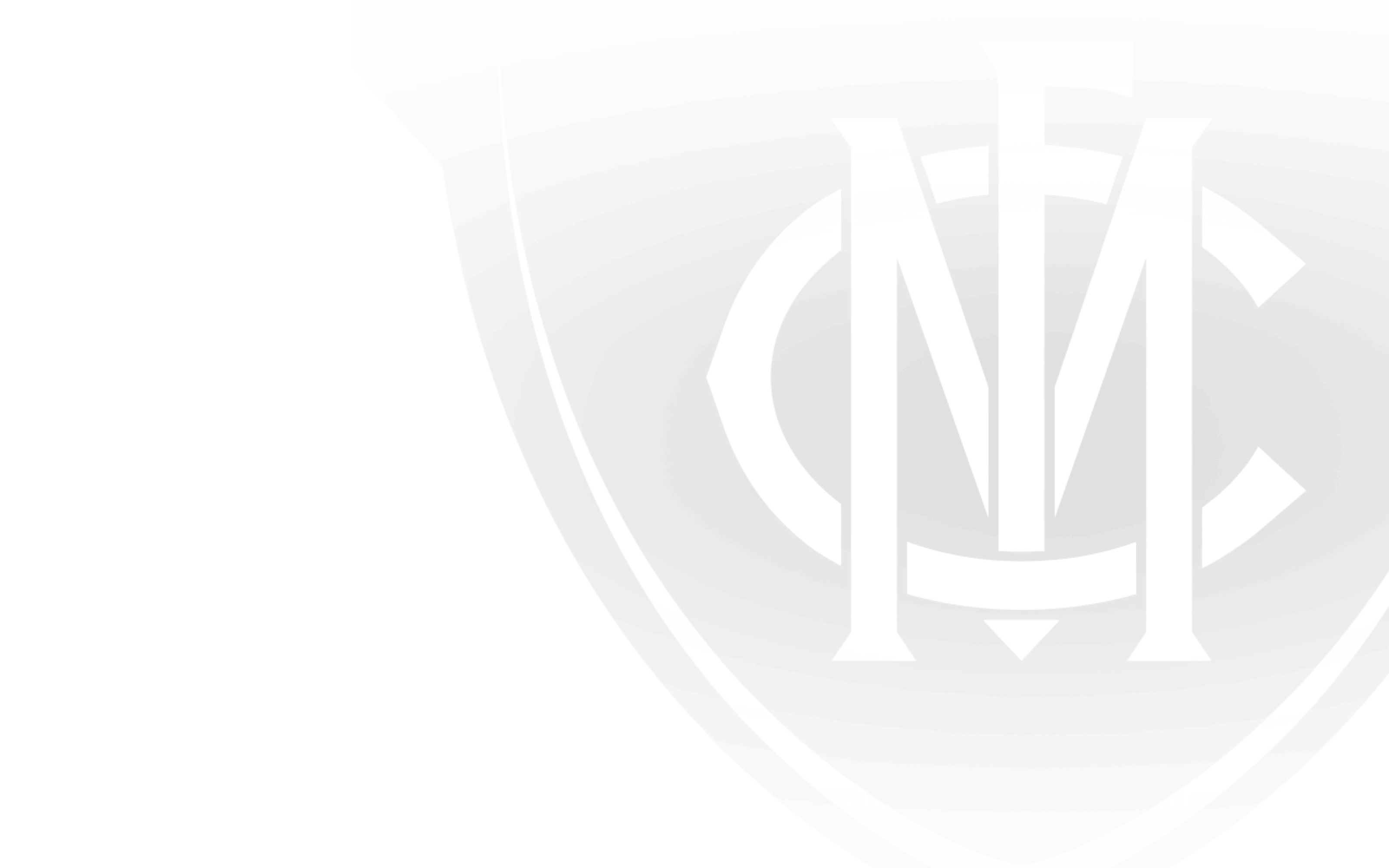I was at that stage bunkered down at the other end of the boardroom table, surrounded by books, old annual reports, photographs and expectations, and overwhelmed by a quaking sense of the enormity/cheek of trying to write a history of the Melbourne Football Club. With Bob’s arrival, I regained a sense of perspective, as well as gaining coffee making duties.
Bob was the Club. In many respects, he continues to be so to this day, more than a decade after his death. He was also a gentle giant, a massive character, and someone who was right at the centre of so many of the stories I’d read of golden days and glorious feats. He continued being part of the life of the Club with this later involvement, running the ‘Big Bob Legends Club’ alongside wife Nola. On the eve of his induction into the AFL Hall of Fame earlier this week, Nola remembered these gatherings as ‘a lot of fun - a great chance to meet past champions, and everyone there had a lovely time.’ With Bob at the heart of the action, it could hardly be otherwise.
And Bob was at the heart of Melbourne’s - and the game’s - action for so long. From the time his father forged a legend with his goal kicking - six of the best in the 1926 Grand Final triumph - and was named best on ground in a team that included the likes of Brownlow Medallist Ivor Warne-Smith and the brilliant Albert Chadwick, the Johnson heritage was sealed in red and blue.
Johnson Snr bowed out at the end of 1933, and his son came up through the Thirds to make his senior debut in a three week jump in 1954. Skinny at the start, he was taller than his father, so ‘Big Bob’ he was. It was the start of 140 games, 267 goals, five Melbourne premierships - 1955, 1956, 1957, 1959 and 1960 - and Victorian representation in 1957, 1958, 1959 and 1960.
With his reintroduction to the Club, I got to the stage where I knew these statistics off by heart. Bob couldn’t remember them, and would call with a familiar ‘Listen, love…’ when he was about to attend a function or be interviewed on radio. Everybody knew that sheepish grin so well, whether they saw it firsthand or sensed it down the phone lines.
These endearing qualities could never, of course, diminish the enormous contribution made by Bob on the ground, where he was fierce, funny and formidable. He packed more into his 140 VFL games than most, and took great delight in sharing the stories of times past, from Melbourne to East Fremantle to Oakleigh in the VFA, where they gave him the keys to the city, and he gave them respect and success with the 1972 flag.
At Melbourne, Bob was a finals natural - as Jon Anderson has noted, he was named in the best in eleven of eighteen finals, kicked a goal in at least sixteen of those games, and starred in the 1957, 1959 and 1960 triumphs. In between times, he thrived on being a huge character of the game, laughingly condemning Hawthorn’s champion ruckman John Peck for ‘stealing my thunder’ in the theatrical stakes, and remembering one interstate trip where he couldn’t sleep on the train because the bunks were only made for the rovers like his little mate, Ian ‘Tiger’ Ridley. Bob loved sharing the camaraderie of the game, not only with his teammates, but also with spectators and opposition clubs alike. He didn’t mind that his techniques of out-bustling and staging would raise the ire of many - ‘I’ve had everything but the kitchen sink thrown at me by wild supporters of other clubs!’ - for to him it was a wonderful stage, he loved being part of it, and he was genuinely brilliant despite the theatrics.
These qualities extended to his journey west, where he took East Fremantle to the 1965 premiership as captain-coach, also starring as full forward, and helping to carry the team to four Grand Finals in a row. Through this, the ‘Big Bob’ love was extended across a continent, inspiring many well beyond his lifetime. Of course, it was inspiration mixed with a chuckle, as an injured and reported Bob finished his playing days when at Greensborough by telling the tribunal to ‘get stuffed’, thereby guaranteeing the requisite weeks of penalty to enable him to finally bow out of the game, aged 43. This was certainly his style.
Sitting in that boardroom so many years later, avidly listening to Bob, I realised how special he was to the Club, and how much affection he generated - or admiration at the least from the very few who didn’t adore him. He and Nola had returned to Queensland by the time he died in May 2001, and in tribute I wrote:
‘…He had friends wherever he went. And you loved him in return and had a part of the Club with you when he was there. There was nobody like ‘Big Bob’.
As teammate John Lord put it, ‘Bob was always half-way to heaven.’ And now that he’s gone, we’re all the poorer for it…
Thank you for being there, Big Bob. And we know what you’d say to that. ‘That’s all right, love.’ One thing was for sure - he was one in a million.’
And Bob continues to be special to so many people to this day, not least of all his widow, Nola, who was ‘very honoured and proud - it came out of the blue’ upon being notified of his pending induction to the AFL Hall of Fame. We share her sense of pride, and a quiet grin at the memory of a wonderful part of the Melbourne family - and a wonderful person besides. ‘Big Bob’ Johnson, you will always be one of the best.


